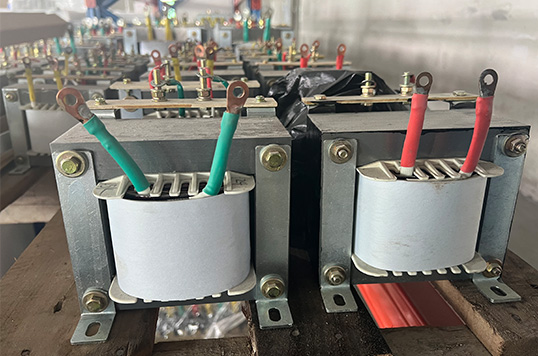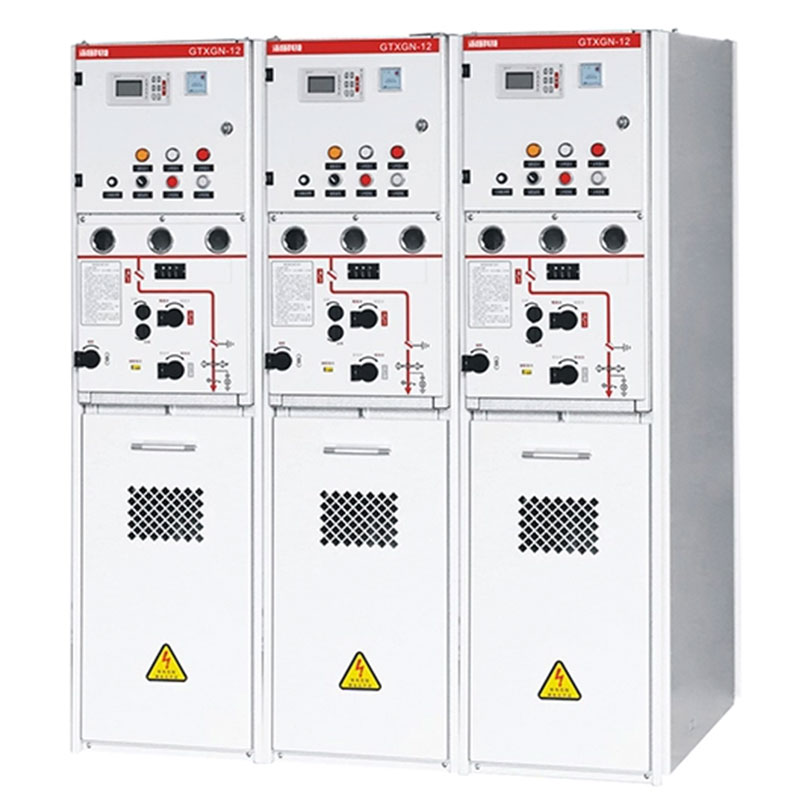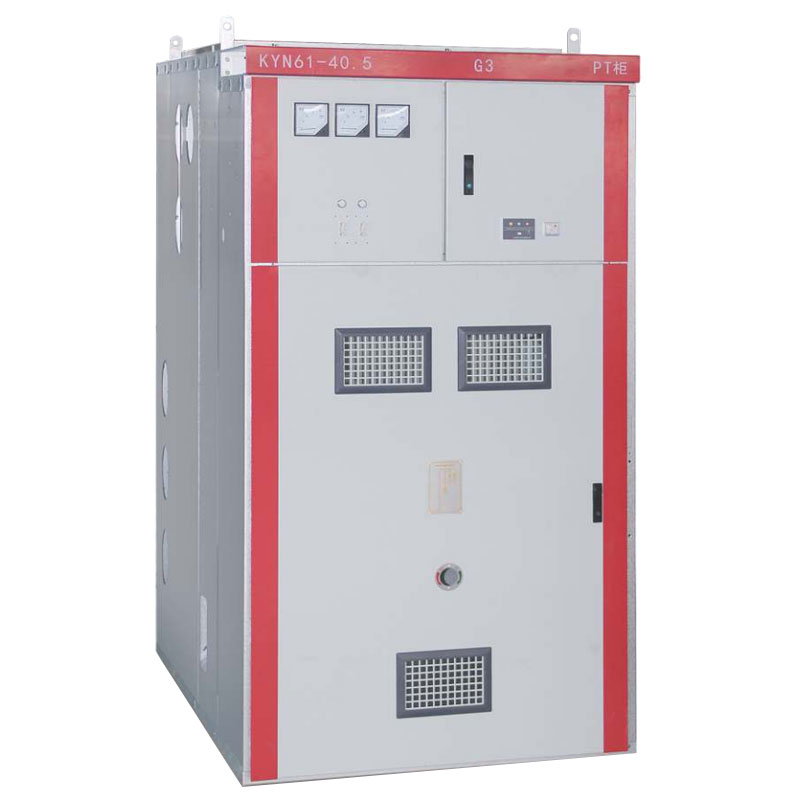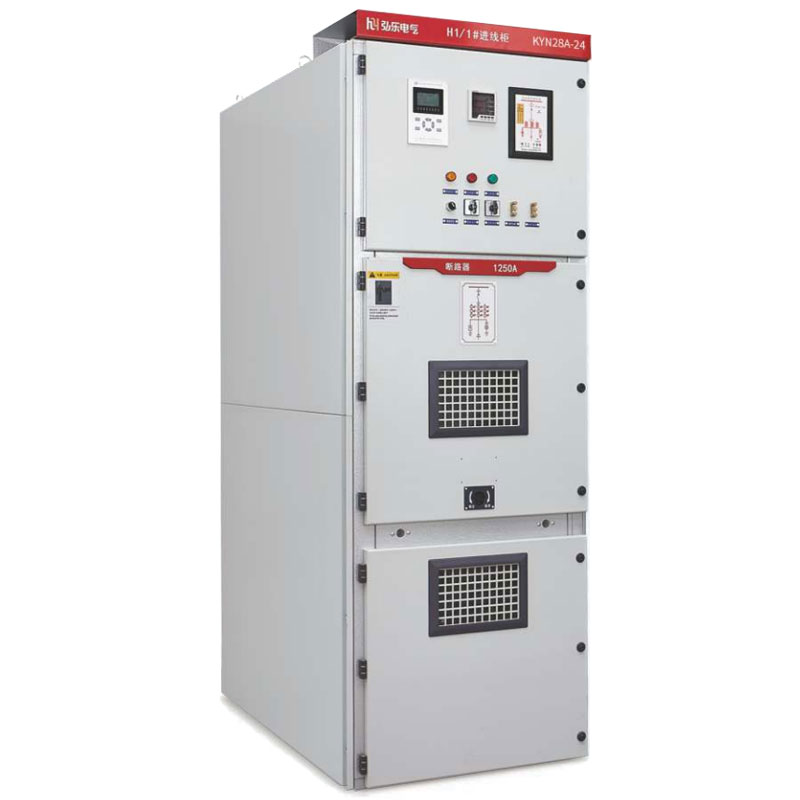How many low voltage lights per transformer?

 Site Editor
Site EditorDetermining how many low-voltage lights a transformer can support is crucial for avoiding overload, ensuring safety, and maintaining consistent lighting performance.If you're planning a landscape lighting system or indoor low-voltage lighting setup, one of the most common questions is: “How many lights can I connect to a single transformer?” Overloading your transformer can lead to dimming lights, overheating, or even premature failure—while undersizing wastes energy and limits expansion.
This guide provides clear calculations, real-world examples, and expert tips to help you optimize your low-voltage lighting setup for performance and longevity.

Key Factors Affecting Transformer Capacity
Before installing your lights, consider these 4 critical factors:
- Transformer Wattage – Determines total power output
- Wattage of Each Light – LED (3W–15W) vs. Halogen (20W–50W)
- Cable Length & Gauge – Longer/thinner wires increase voltage drop
- Safety Margin – Experts recommend 80% max load
Quick Formula:
Number of Lights = (Transformer Wattage × 0.8) ÷ Light Wattage
Real-World Examples
Example 1: Standard LED Path Lights (5W each)
Transformer: 150W
Max Safe Load: 120W (80% of 150W)
Lights Supported: 24 lights (120 ÷ 5)
Example 2: Halogen Spotlights (35W each)
Transformer: 300W
Max Safe Load: 240W (80% of 300W)
Lights Supported: 6 lights (240 ÷ 35)
Critical Note: Voltage drop increases with distance—account for 10–20% power loss over long cables (12AWG minimizes drop).
Expert Tips to Maximize Efficiency
Use LED Bulbs – Consume 75% less power than halogen (higher light count per transformer).
Multiple Smaller Transformers – Better than one oversized unit (avoids single point of failure).
12AWG Wiring for Long Runs – Reduces voltage drop (>50ft runs).
Smart Transformers – Allow remote dimming & power adjustments (saves energy).
Voltage Drop Calculator:
For precise planning, use an online voltage drop calculator (based on wire gauge & distance).
FAQ: Low Voltage Lighting Transformers
Q: Can I exceed the 80% load rule briefly?
No. Sustained overloading can damage transformers—stick to 80% capacity.
Q: Do smart transformers (Lutron, Kichler) support more lights?
No—same wattage limits, but smart features optimize power distribution dynamically.
Q: What if my lights flicker or dim?
Likely caused by:
- Undersized transformer
- Thin/long wiring (upgrade to 10AWG or 12AWG)
- Mixed bulb wattages
Q: How do I expand my system later?
Plan ahead—install a higher-wattage transformer or add a second unit with a separate circuit.
Key Takeaways
1️⃣ Calculate Correctly: (Transformer Wattage × 0.8) ÷ Light Wattage = Max Safe Lights
2️⃣ LEDs Win: Fit 4–5x more lights versus halogen on the same transformer.
3️⃣ Avoid Voltage Drop: Use 12AWG wire for runs >50ft.
4️⃣ Future-Proofing: Leave 20% headroom for expansions.
Need Help Choosing? [Contact Our Lighting Experts] (CTA Link or Phone)
Conclusion
The number of low-voltage lights a transformer can power depends on precise wattage calculations, wire management, and safety buffers. Start by summing the wattage of your lights, then choose a transformer with 10–20% more capacity. Always prioritize voltage drop prevention and use parallel wiring for reliability. When in doubt, consult an electrician or use online voltage drop calculators to fine-tune your setup. With careful planning, your low-voltage lighting system will operate safely and efficiently for years to come.







